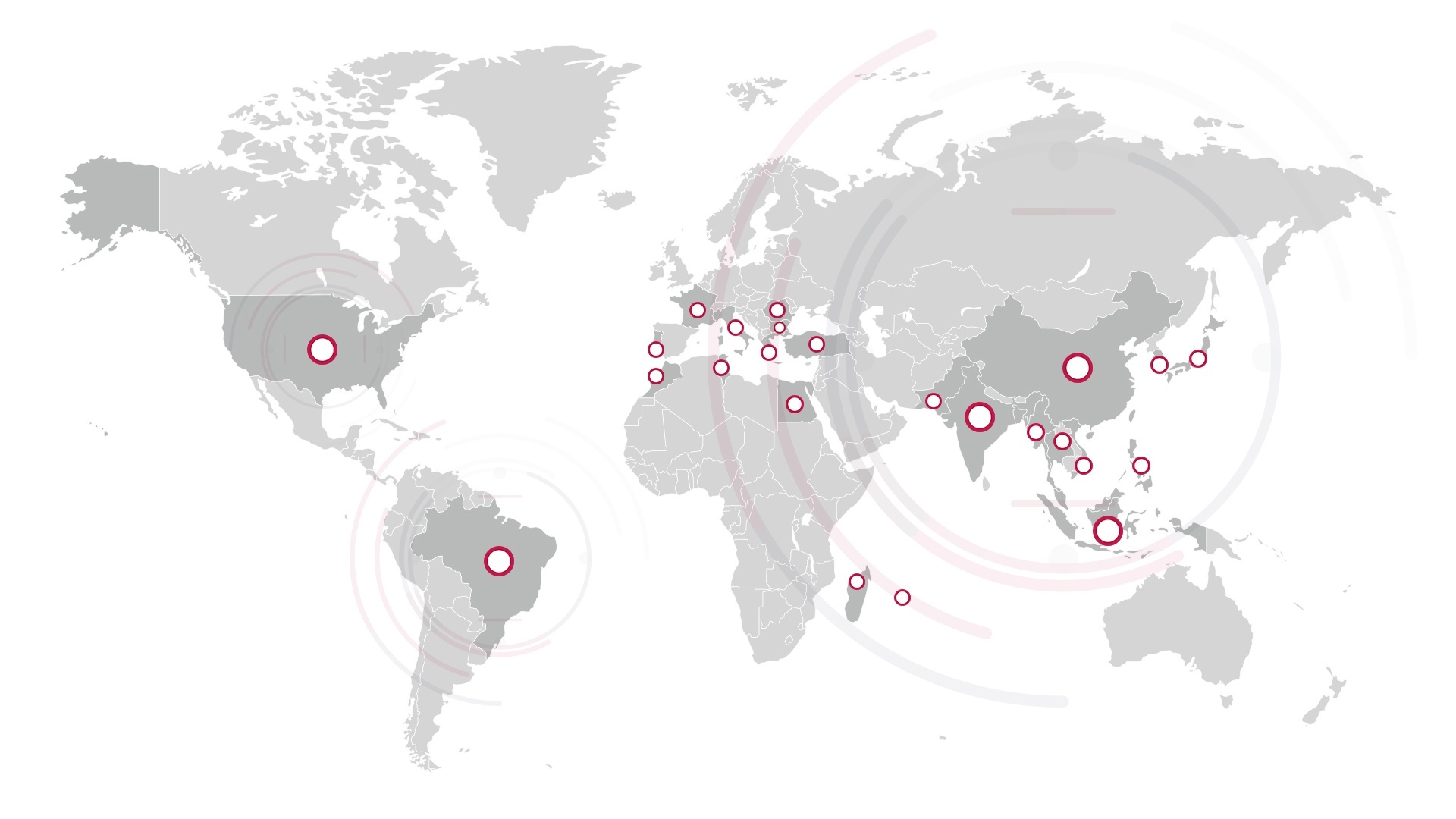It is well known that the textile, footwear and leather industry is high-polluting and uses a large amount of chemicals. Each year this industry consumes over 9 million tons of chemicals globally and, to break it down further 1,900 chemicals are used in the production of clothing, of which 165 are classified by the EU as hazardous to health or the environment.
Chemicals are used right from the beginning of the manufacturing process, from farming where pesticides can be used to grow raw materials like cotton or flax, through to the production line where, among others, dyes, treatments or decorative materials such as denim finishes are employed. These chemicals used along the supply chain can end up in water, soil and air, harming the planet and its inhabitants.
Despite the positive evolution we’ve seen in the past decade with, among others, the ‘detox commitment’ made by some of the key industry brands, more needs to be done to work towards a safer and more efficient chemical management system for textile and apparel factories across the globe. Indeed, chemical management remains largely misunderstood and those complexities mean many factories – mostly small to medium size – as well as some brands and retailers may only react when a chemical-related incident happens, leading to supply chain disruptions, sales loss and negative publicity.
This article highlights the three best practices for textile, apparel brands and retailers who want to adopt a preventive approach towards chemical management in their supply chain.
Three Best Practices to Prevent Chemical Risks in the Textile Supply Chain
1. Knowledge is Key
Suppliers or factories should be trained to ensure they have skills to implement an effective chemical management program. Basic chemical management training encompasses the following:
- Brand/retailer’s chemical management policy and procedures
- Chemicals used on-site, their hazardous properties and the impact on the employees / the planet
- Explanations of how to use information in Safety Data Sheet (SDS)
- Procedures for sourcing, handling, using, storing and disposing of hazardous materials.
Additional Zero Discharge for Chemical Hazards (ZDHC) training allows suppliers to gain skills in chemical management, risk assessment and best practice to reduce their impact on the environment with regards to the control and treatment of waste water discharges via practical examples of the different issues found on-site.
Brands and retailers should also have a clear understanding of the necessary compliance documentation as well as an open communication with their suppliers in order to successfully implement a chemical management program.
As for brands and retailers that are already advanced in their chemical management processes, it is important to regularly discuss common issues at an operational level while continuously raising awareness within top management.
2. Upstream Assessment of Chemicals
Identifying risks earlier – before the product is developed – can avoid safety or non-compliance issues that might arise later. Most brands and retailers use Restricted Substances Lists (RSL) to manage their chemicals but tend to lack focus on the upstream part of their supply chain.
The Restricted Substances List (RSL) is a checklist used to detect the presence of restricted substances in finished products. While this tool remains key for brands and retailers to ensure they provide products that are fit for their intended use, the Manufacturing Restricted Substances List (MRSL) – established in 2017 by the Zero Discharge for Chemical Hazards (ZDHC) – focuses on preventing the intentional use of certain harmful substances during the manufacturing process by testing at the raw material input stage. This allows the identification of these substances before they can enter the supply chain. MRSL testing can be carried out as per the ZDHC MRSL or customer-specified MRSL.
By assessing chemicals upstream, suppliers will be able to build a transparent and traceable chemical inventory to be used all along the supply chain ensuring safe products that comply with market destinations.
3. Monitor Changes in the Supply Chain
The textile and apparel supply chain is somewhat complex and involves multiple tiers with multiple players within those tiers. Therefore, the risk in having one of those actors modify or substitute materials at any given time – as they face compliance obligations or simply because they cannot provide the agreed material – is significant and should not be ignored.
It is recommended that you identify and reduce/suppress the impact of the potential supply chain changes you could face. To do so, a transparent process for material procurement and clear communication between sourcing, design and regulatory teams and, of course, the different suppliers, is necessary.
Additional training for your key suppliers could also be a good solution to make them aware of the risks associated with changing materials.
Practical Solutions from SgT
SgT can provide multiple solutions to help brands, retailers and their suppliers to better manage the chemicals in their supply chain and therefore ensure they won’t cause harm to people or the planet:
- Assessment of existing chemical inventory to ensure its completeness or, if your factory doesn’t have one, build a comprehensive inventory with all the essential information
- Chemical risk assessment and management audits (360° approach to chemical management) to ensure all aspects of chemical management such as safe purchase, handling, use and disposal of chemicals, are followed in the factory
- Chemical risk assessment and chemical management expert advice on how to maintain compliance with global and local chemical legislation, MRSL, RSL and other requirements
- Training for suppliers and brands to help them understand the key issues in implementing a chemical management system and best practice to overcome operational challenges
- MRSL lab testing and screening results to give a clear and easy-to-understand analysis of chemicals, allowing for focus on key risks
Contact SgT’s textile experts now to see how we can help you and your suppliers better manage the chemicals used in your products and their manufacturing processes.



